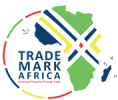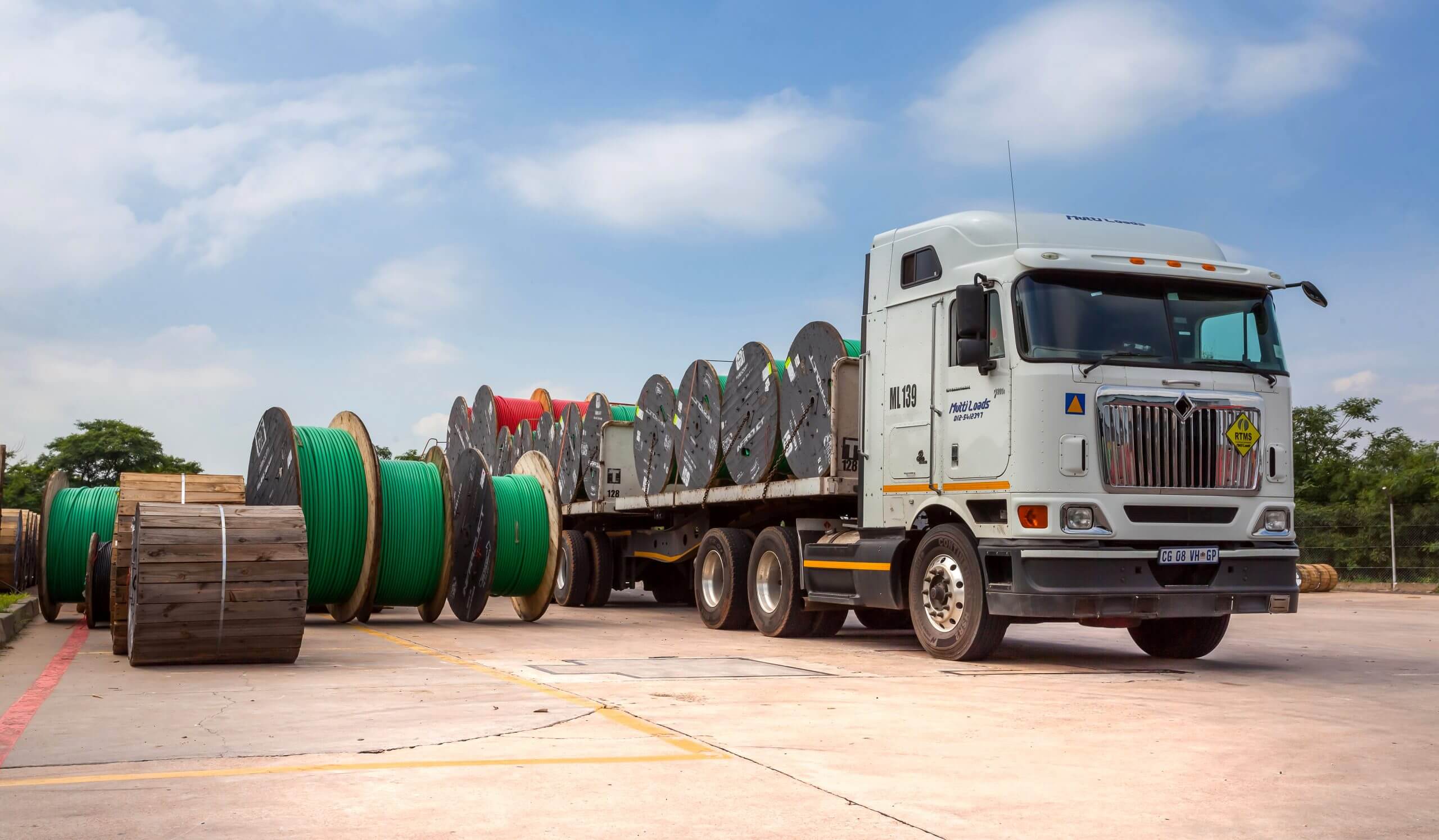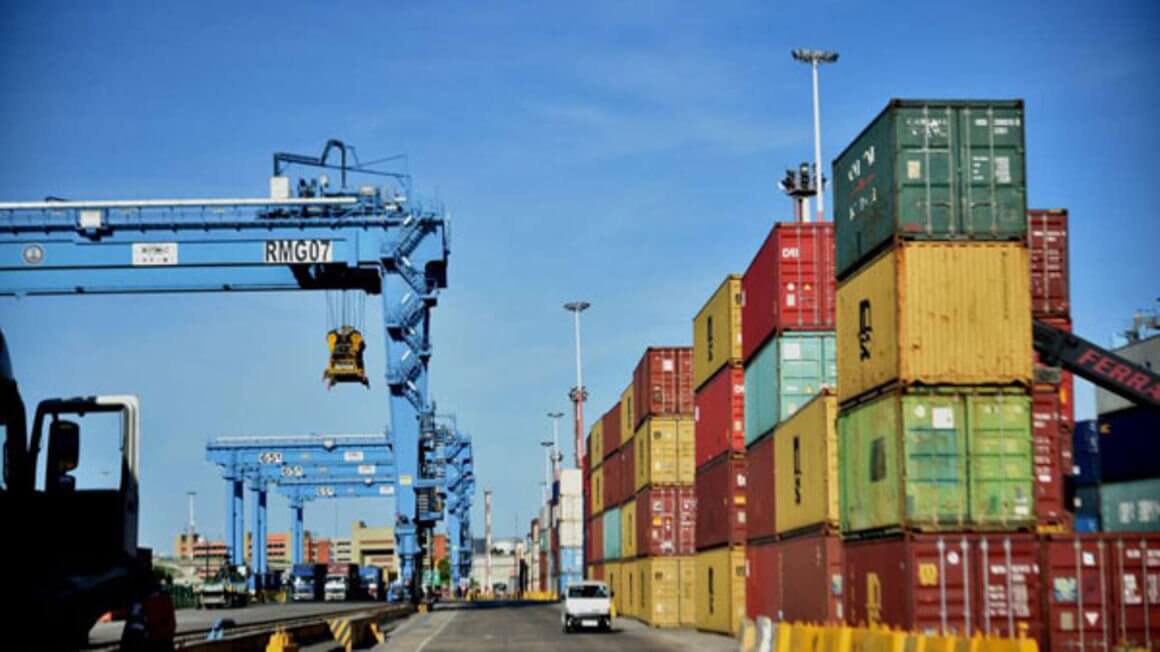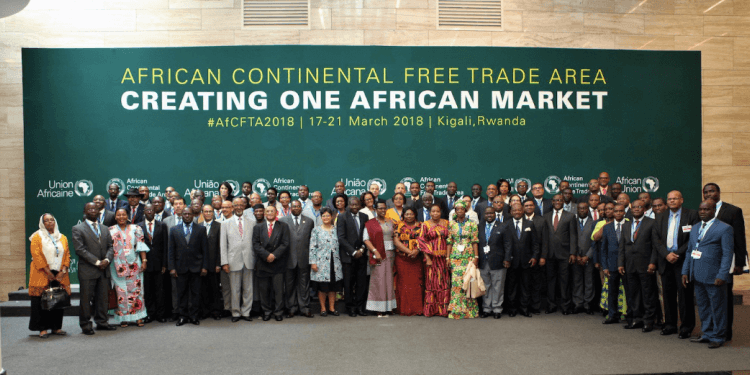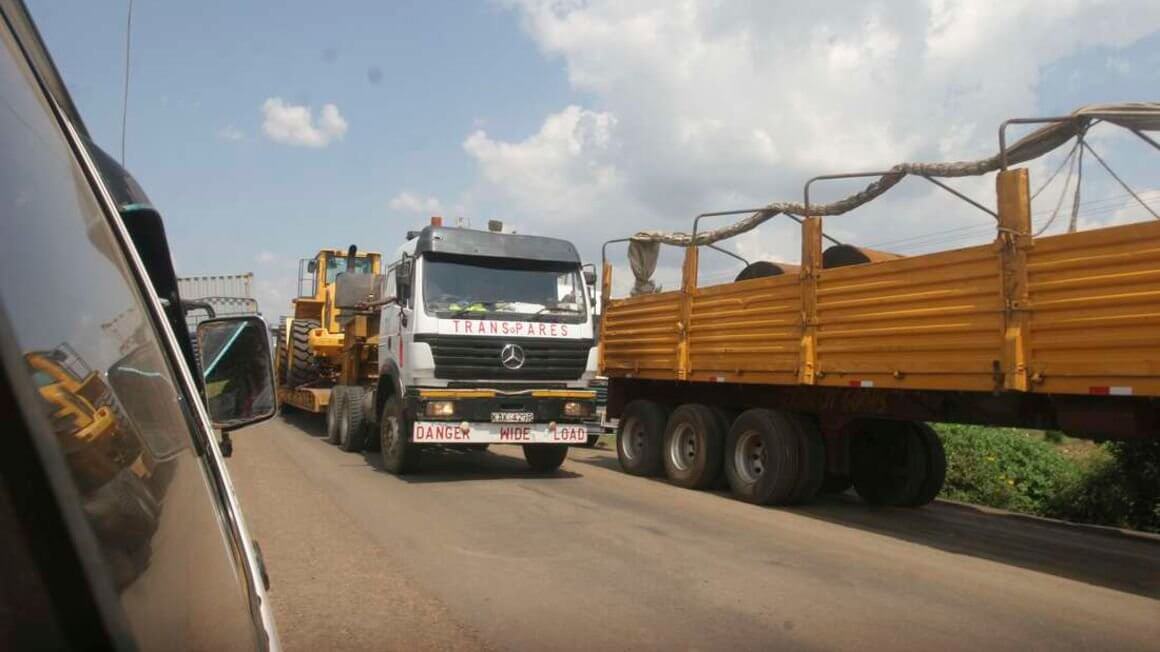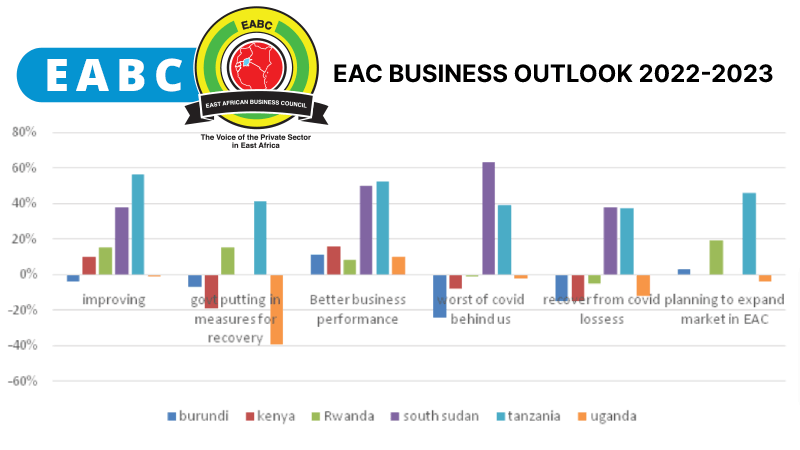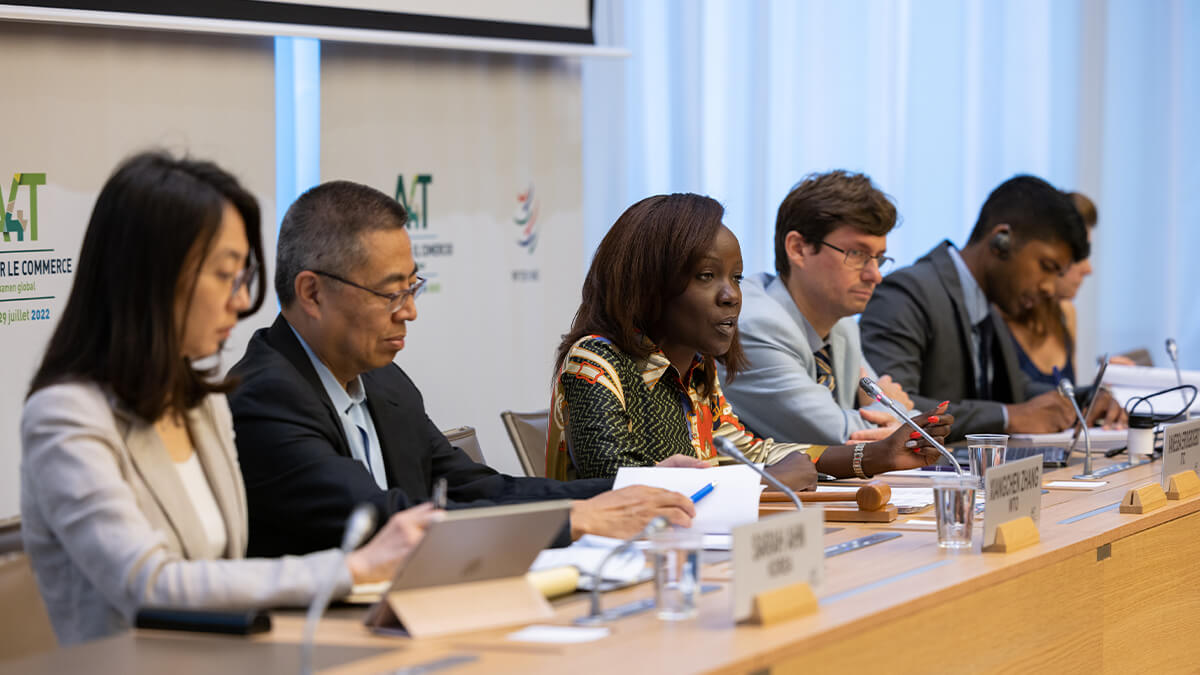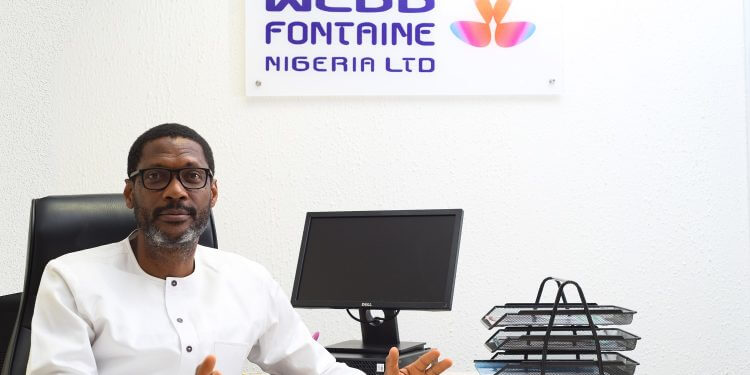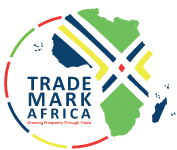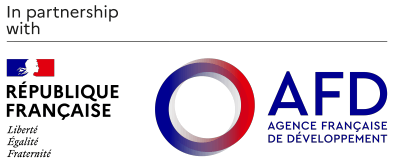Transporters using the Northern Corridor have been bearing some of the highest costs in the world, reflecting how shortage of arteries is impeding the competitiveness of the East African region to trade. According to a survey carried out by the Shippers Council of East Africa (SCEA) , transport costs in the region are estimated at $1.8 per km per container against international best practices of $1 per km per container. “The most expensive route to transport cargo was Kampala-Mombasa at $2.5 per tonne followed by Mombasa-Kampala at $2.17, Dar es Salaam-Kampala $1.17 and Bujumbura-Dar es Salaam at $1.02 per tonne,” the SCEA Logistics Performance Survey 2021 report says. “The top three least expensive international routes were Dar es Salaam-Bujumbura at $0.02 per tonne, followed by Dar es Salaam-Kigali at $ 0.17 and Nairobi-Dodoma at $0.1 per tonne.” The Northern Corridor road network covers 12,707km (1,323.6km in Kenya; 2,072km in Uganda; 1,039.4 km in Rwanda; 567km in Burundi; 4,162 km in DRC and 3,543km in South Sudan). The port of Mombasa is the key entry and exit point for cargo belonging to a vast hinterland that includes Burundi, DR Congo, Kenya, Rwanda, South Sudan and Uganda. The port also serves Tanzania, Somalia and Ethiopia. High logistics costs The report summarises average transport cost per metric tonne, assuming a payload of 24 metric tonnes per 40-foot container. Speaking at a webinar by the East African Business Council and TradeMark Africa, National Logistics Platform in Uganda chair Merian Sebunya appealed to governments to...
Northern Corridor cited most costly in the world
Posted on: August 8, 2022
Posted on: August 8, 2022
